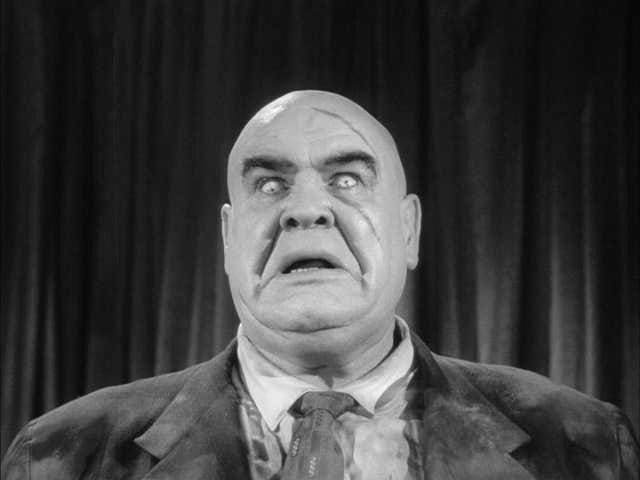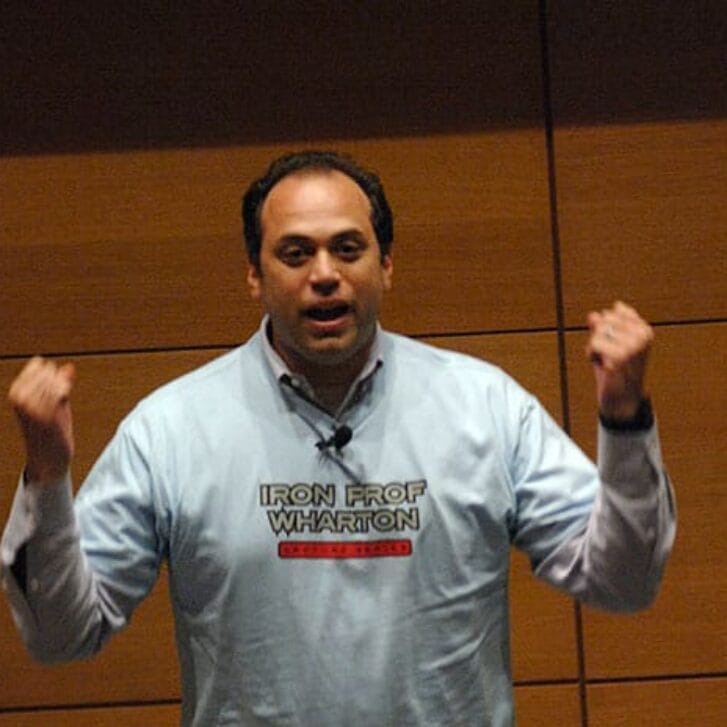Bad actors can ruin a good movie, or perhaps—like Tor Johnson in the classic Plan 9 from Outer Space— help make a movie so bad that it is good. However, under the new Securities and Exchange Commission capital raising rules, “bad actor” investors can prevent a good company from raising capital. While bad actors can take acting lessons to improve their performance, there is no similar remedy for good companies with bad actor investors.
As I previously discussed in my Wharton Blog Network post, new SEC rules, effective Sept. 23, 2013, have dramatically liberalized the methods by which companies can raise capital; however, the SEC exacted a price for those rules. The SEC added a new “bad actor” restriction that prohibits bad actors (someone convicted of securities-related offenses or subject to an order prohibiting future violations of the securities laws) from taking advantage of any of the private placement safe harbors.
Most companies dismiss this restriction out of hand. Market practice has added new representations and warranties relating to the issuer in most private placements, but regrettably, this practice has not yet achieved true efficiency.
Where the private placement market has not yet caught up with the law is in monitoring the venture capitalists and private equity investors, or sponsors. Until the recent rule change, there has been little reason for companies to monitor their sponsors. That has changed as a result of the confluence of two factors:
• The new SEC capital-raising rules put a company in the penalty box if the beneficial owners of 20 percent or more of the company’s voting equity securities are bad actors
• The SEC has adopted an enhanced enforcement policy in which it disfavors settlements and is now seeking guilty pleas and admissions of wrongdoing. Mary Jo White, the chairwoman of the SEC, spoke about this recently here.
What does this mean? Under the new SEC enforcement policies, large financial institutions are being pursued for actions that they or their predecessors took during the financial crisis. These household names of finance may have to plead guilty or become subject to “cease and desist” orders that could cause them to be classified as bad actors. In that case, the private equity and venture capital affiliates of those institutions could also be deemed to be bad actors. As a result, any company in which they held a greater than 20 percent voting interest would also be deemed to be a “bad actor” and disqualified from the private placement safe harbors. That will make capital raising for those companies more difficult based on unrelated actions that occurred many years ago—perhaps before the company was even founded.
The market does not appear to have caught up to this risk, either by making large investors represent that they are not bad actors or perhaps, more importantly, by limiting the voting rights of any sponsor that during the course of the investment becomes a bad actor to less than 20 percent. Why? There are a couple of reasons. First, the bad actor disqualification does not apply to convictions or orders before Sept. 23, 2013, so there is only less than two months of action that is presently at issue. Second, and perhaps more importantly, in a single sponsor investment, the sponsor, as the provider of capital, will likely be unwilling to limit its voting rights based on a future contingency. If the sponsor’s voting rights are limited, virtually all control will shift to management, which will upset the sponsor’s business model. Also, the sponsor would likely argue that if a problem arises in the future, its interests are aligned with the investee company and it will deal with the issue then. Unless the company is a hot prospect with competing capital sources, these may be hard arguments to overcome.
In a multisponsor investment, the question of what to do with future classification as a bad actor is an interesting exercise in game theory. If three sponsors are making an investment today, will they each agree that if one of them in the future becomes a bad actor that its voting rights will be limited to less than 20 percent? In a multisponsor deal there is often a delicate balance of corporate governance rights, negative covenants and vetoes, and it may simply be too difficult for the parties to agree on adjustments in the event that one of the sponsors becomes a bad actor in the future. Ultimately, each sponsor owes a duty to its investors and will likely resist an outcome where the funds it invests come with less controls than originally bargained for because of the actions of an affiliate.
So, what is a company looking for capital or a sponsor in a multisponsor deal to do? Companies seeking funds must do due diligence on the sponsors, which needs to extend beyond questions such as:
Are they “money good”?
What is their track record in the industry?
Instead, companies should ask, what is the likelihood that they will be deemed to be bad actors?
After the investment is initially made, companies and cosponsors should ask for protection. As the punch line goes, “If you don’t ask, you don’t get”!
Editor’s note: This blog post is intended as general information on the law and legal developments, and is not legal advice as to any particular situation. Under New York ethical rules, please note that this post may constitute “ATTORNEY ADVERTISING.”


























